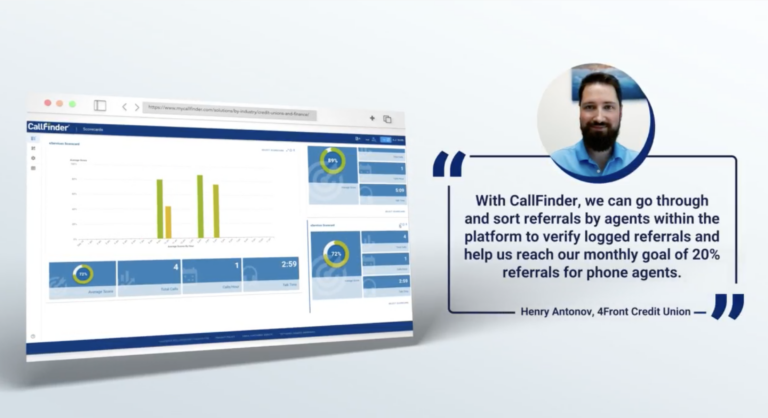“The modern corporate communications function is agile, multidisciplinary, and insights-driven.”
-Gina Dietrich, Founder & CEO of Spin Sucks
In her recent post on corporate communications, Gina Dietrich provides some excellent insights of her own from The Future of the Corporate Communications report.
First, she claims that the “modern corporate communications function is agile, multidisciplinary, and insights-driven.”
Dietrich then elaborates her point by saying “…you need a tech stack to be successful. Not spreadsheets. Not a whiteboard that has your prospects listed on it…But actual software that will make you more strategic and effective.”
We couldn’t agree more.
If you’re looking to gauge your company’s need for an AI-fueled quality monitoring solution to survive in today’s data-driven, competitive market, start by asking and answering these five questions.
1. Are You Confident That Your Manual QA Strategy Impacts Agent Performance?
If you answered no, then consider this argument for implementing an automated call monitoring solution.
Eighty percent of people still prefer to contact businesses by phone, which means voice interactions between companies and customers dominate the communication channels. So it’s clear that automated QA solutions deliver maximum insights, not automated surveys or online chat feedback sessions.
Even if you answered yes, then how confident are you that this method is, in Dietrich’s words, “strategic and effective”? Manual QA processes give you, at best, random anecdotal evidence of what’s happening during conversations. By automatically analyzing every voice interaction, you have the data necessary to extract insights and make improvements across all departments, from customer service and sales to marketing and compliance.
2. What Percentage of Calls Are You Monitoring?
If you aren’t sure, or you answered less than 50%, then consider what you gain from listening to 100% of your calls.
First, you eliminate the guesswork of which calls to listen to for your QA managers and coaches. With 100% visibility into agent calls, managers know exactly which calls and agents to focus their attention on.
Secondly, reviewing calls manually is painfully slow. The time normally spent reviewing calls is now spent proactively coaching agents. Finally, you gain the ability to see trends and focus on outliers.
3. How Much Are You Spending Per Call On Quality Monitoring?
Not sure? Here’s one scenario that may help.
If your Average Handle Time (AHT) is 5 minutes, and your QA managers score less than 1% of your call volume, the price per call reviewed is likely anywhere from $5 to $10 each. For the cost of pennies per call, automated solutions give you an unbiased view of 100% of your conversations–including sentiment and emotion analysis, and many other insights you can’t get from listening to a random selection of calls.
4. What is Your Abandon Rate?
If you don’t know the answer to this one, that’s okay. Look at it this way.
If a customer calls your business and hears this, “There are approximately 23 calls ahead of you. Your wait time will be approximately 53 minutes,” then your abandon rate is through the roof. So many things can go wrong here, the least of which is that your customer takes their business somewhere else.
Most likely, your call center agents have no idea where to look to understand what’s driving long wait times. If your QA team reviews a handful of calls each month, then you can’t understand what’s driving many of your KPIs. However, with an automated solution, you can pinpoint and resolve issues quickly.
5. Are You Generating insights-driven Revenue?
No? Then consider this.
The very nature of an automated speech analytics solution is that it does everything automatically. It automatically searches for keywords and phrases relevant to your bottom-line revenues; it automatically categorizes calls based on custom search phrases; and it automatically organizes everything into neatly-defined insights to share with every revenue-generating division of your organization.
We hope that answering these questions gives you a better sense of your organization’s QA needs. If you want to improve overall operations, develop a successful customer experience program, and secure your standing in today’s highly competitive market, it’s time to abandon your manual QA processes.
For more on CallFinder’s automated solutions, and how our advanced technology can help your company gain revenue-generating insights, request a demo today.











